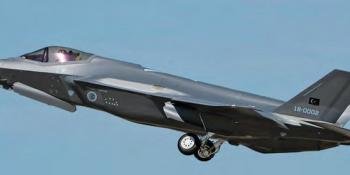Spanish Naval Aviation – which celebrated a century of operations last year – is one of Europe’s most potent maritime air arms, capable of projecting power to almost any point in the world. José Matos examines its current order of battle.
Force Report
Spanish Naval Aviation
Since 1954 the Armada Española (Spanish Navy) has counted on an air arm to support seaborne aerial operations. Today, it’s almost unthinkable for Spanish Navy vessels to conduct operations without some kind of aircraft on board.
The Flotilla de Aeronaves (FLOAN, Spanish Naval Aviation) marked its centenary on September 15 last year at Base Naval de Rota in southern Spain, home of the organisation since 1957. The FLOAN is a direct descendent of the original Aviación Naval, established by Royal Decree on September 13, 1917, and decommissioned in 1939 when the Ejército del Aire (Spanish Air Force) was constituted. However, the Armada didn’t give up on having its own air assets, and in 1954 received three Bell 47G helicopters, which formed the 1ª Escuadrilla (1st Squadron) at the Escuela Naval Militar (Naval Military School) at Marín, in Pontevedra.
At the same time, Spain began to forge close ties with the US military; this provided acc…



